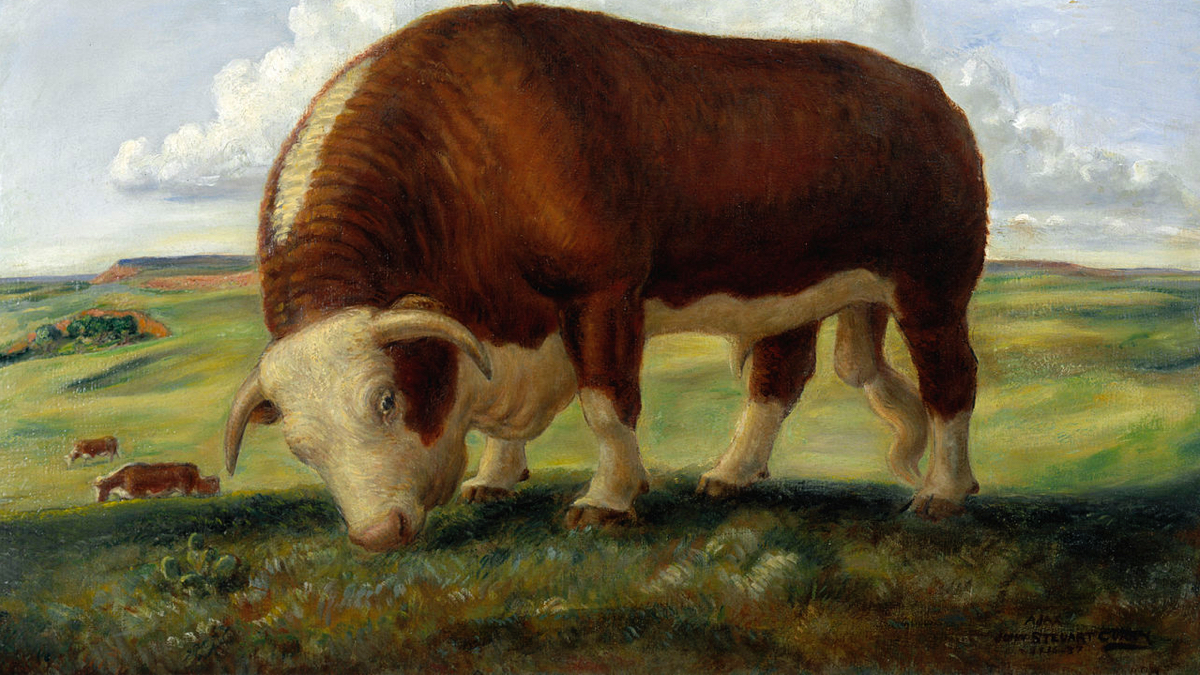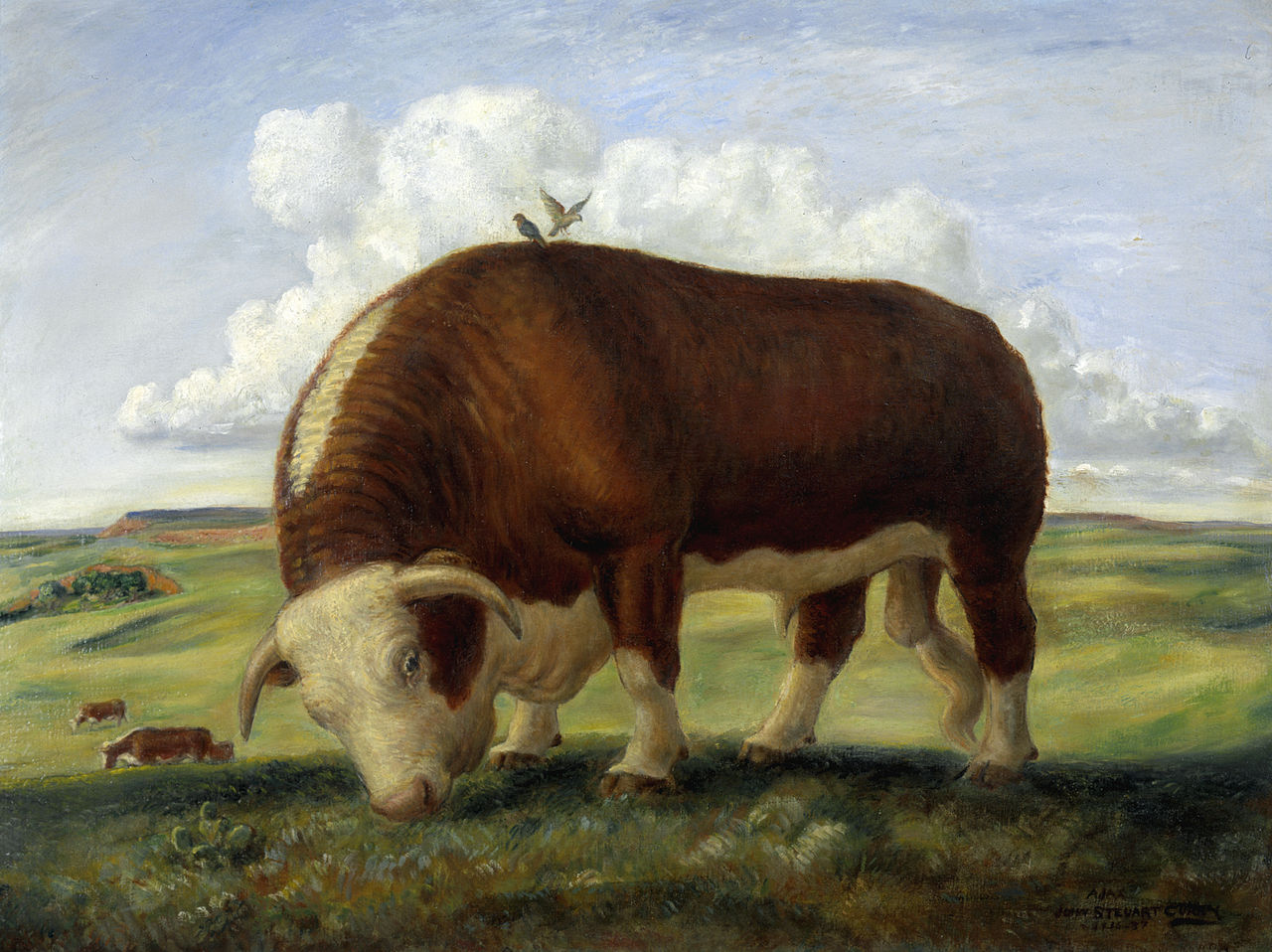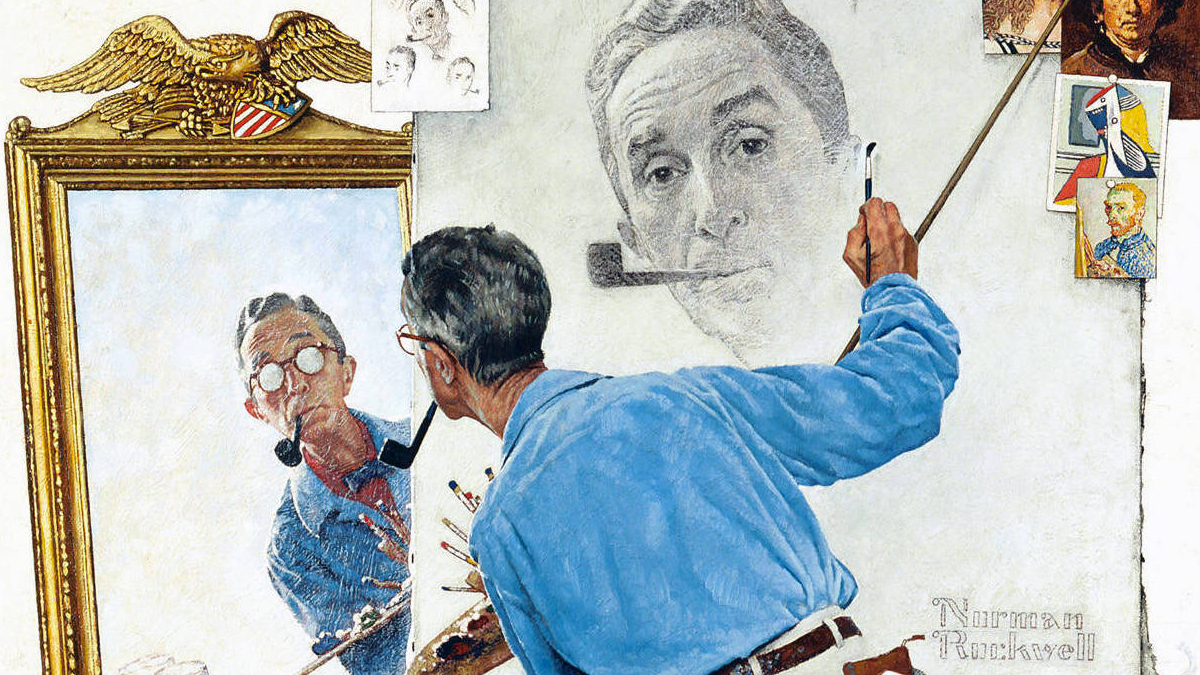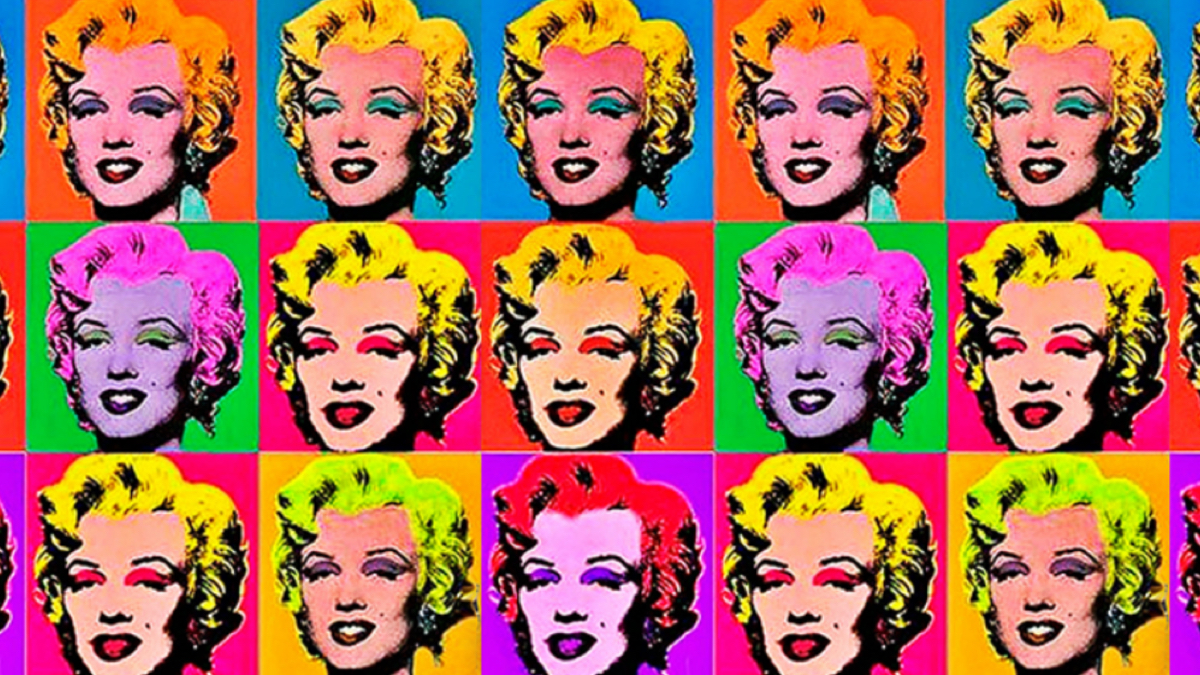
A short guide to American Scene Painting
American Scene painting developed during the beginning of the 20th century in the United States. The style is naturalistic and descriptive. The artists chose to depict scenes of everyday life of America and landscapes. The term “American Scene” is a general name that englobes rural “American Regionalism” and urban “Social Realism”.
During the period between the two world wars, a lot of American artists rejected the modern trends stemming from the Armory Show. A lot of the American scene painting reveals a nationalism and romanticism of typical American life.
In reaction to the modern European style, American Scene painting developed an antimodernist style, defining an exclusive American style of art. Far from an organized artistic movement with a manifesto, American Scene artists separated themselves from abstraction and avant-garde during the two world wars.

Benton, Curry and Wood were three representative painters of Regionalism. Having all studied arts in Paris, they chose to create an art that would be truly all American. The answer to the growing economic and social problems of urban American life due to the Great Depression, was a return to America’s rural roots.
Surprisingly, the Regionalist painters were supported by the “Urban Realists” (Social Realists) who dedicated their art to the city and urban life.
American scene actors were ambiguous and drew their inspiration from various cultures. The question of identity is very strong in the choice of the subjects.
Social Realism
Social realism is an American realism movement with a more political and socially critical content, emphasising realistic representations of social problems. This movement is to be distinguished from the French realist movement of Gustave Courbet and Edouard Manet.

This art movement was most popular during the first half of the 20th century. Even though, a lot of Mexican muralists like Diego Rivera had a real influence on the social realists.
American Regionalism
American Regionalism is a realist modern art movement where artists rejected the city and focused on scenes of country life. Regionalist style developed from 1930 to 1935. The major artists of the artistic movement were Grant Wood, Thomas Hart Benton, and John Steuart Curry. In the course of the Great Depression, Regionalism was very much appreciated for its comforting imageries of America.

In 1935 Grant Wood published an essay in 1935 “Revolt Against the City” in which he declared his regionalist views. Wood claimed that the Great Depression had a good influence on American art because it made American artists who could not finance a trip abroad trust their own tradition, instead of going to Europe. Looking toward America for artistic stimulation was not limiting or close-minded. Indeed, he believed it created an independent style, both individual and narrative.

Norman Rockwell is one of the major figures of American Regionalism. His first started publishing his work in “The Saturday Evening Post”. He worked for that magazine for over than 40 years. One of his last works was published in 1963, the end of a 40 year carrier that included 321 cover paintings. He also painted for Look Magazine for another ten years illustrating civil rights and social questions.

At a time where politics and social and economics were very uncertain following the Great Depression, artists in America continued to maintain their commitment to depicting their personal impressions and visions. Struggling to establish their own identity, they wanted to separate themselves radically from the influence of European artists at the time.

About Artsper
Founded in 2013, Artsper is an online marketplace for contemporary art. Partnering with 1,800 professional art galleries around the world, it makes discovering and acquiring art accessible to all.
Learn more













